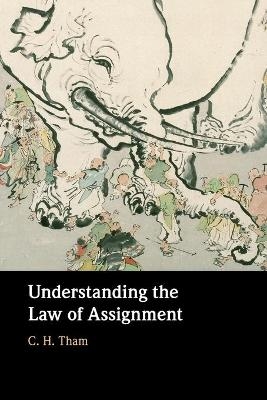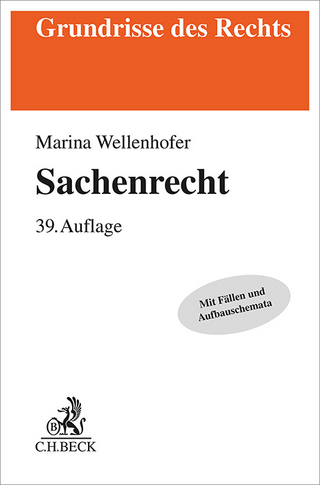
Understanding the Law of Assignment
Cambridge University Press (Verlag)
978-1-009-04524-7 (ISBN)
The practical importance of intangible personalty such as debt, bonds, equities, futures, derivatives and other financial instruments has never been greater than it is today. The same may be said of interests in intellectual property. Yet the assignment of these intangible assets from one to another remains difficult to understand. Assignments are often taken to operate as a form of transfer akin to conveyances of legal titles to tangible personalty. However, this conception does not accurately reflect the law of assignment as it has developed in the caselaw in England and Wales. This book sets out a different model of the workings of assignments as a matter of English law, one that provides an analytical, yet historically sensitive, framework which allows us to better understand how, and why, assignments work in the way the cases tell us they do.
C. H. Tham received his LL.B. from the National University of Singapore in 1994, and the B.C.L. and D.Phil. from the University of Oxford in 1998, and 2017, respectively. He joined the faculty at the Singapore Management University in 2001. He has been Professor of Law at the Singapore Management University School of Law since January 2019. He has written on a wide range of private law topics including contract remedies, cross-border insolvency, and equitable and statutory assignment, and these have been published in case notes, book chapters and peer-reviewed journals, such as Lloyd's Maritime and Commercial Law Quarterly, Trust Law International and Law Quarterly Review. His work has been cited by the UK Supreme Court and the Singapore Court of Appeal.
Part I. Introduction: 1. Introduction; 2. A conceptual account of equitable and statutory assignments; Part II. The Model: 3. Invariability; 4. Different models of equitable assignment; 5. Misconceptions; 6. Combination; Part III. Joinder: 7. Joinder of assignor in equitable proceedings; 8. Joinder of assignor in proceedings at common law; 9. Equitable assignments of legal choses and non-joinder of the assignor; Part IV. Notice: 10. Giving notice of equitable assignments and its effect on competing assignees: the 'rule' in Dearle V. Hall; 11. Knowledge of assignment: substantive effects in equity between obligor and assignor; 12. Knowledge of assignment: procedural avoidance in equity and by statute of 'equities' or 'defences'; Part V. Statutes: 13. 'Statutory' assignments under Law of Property Act 1925, Section 136(1); 14. Statutory dealings in specific classes of intangible assets; Part VI. Consequences: 15. Why it matters.
| Erscheinungsdatum | 04.06.2021 |
|---|---|
| Zusatzinfo | Worked examples or Exercises; 3 Tables, black and white |
| Verlagsort | Cambridge |
| Sprache | englisch |
| Maße | 150 x 229 mm |
| Gewicht | 760 g |
| Themenwelt | Recht / Steuern ► EU / Internationales Recht |
| Recht / Steuern ► Privatrecht / Bürgerliches Recht ► Sachenrecht | |
| Recht / Steuern ► Wirtschaftsrecht ► Urheberrecht | |
| ISBN-10 | 1-009-04524-5 / 1009045245 |
| ISBN-13 | 978-1-009-04524-7 / 9781009045247 |
| Zustand | Neuware |
| Haben Sie eine Frage zum Produkt? |
aus dem Bereich


